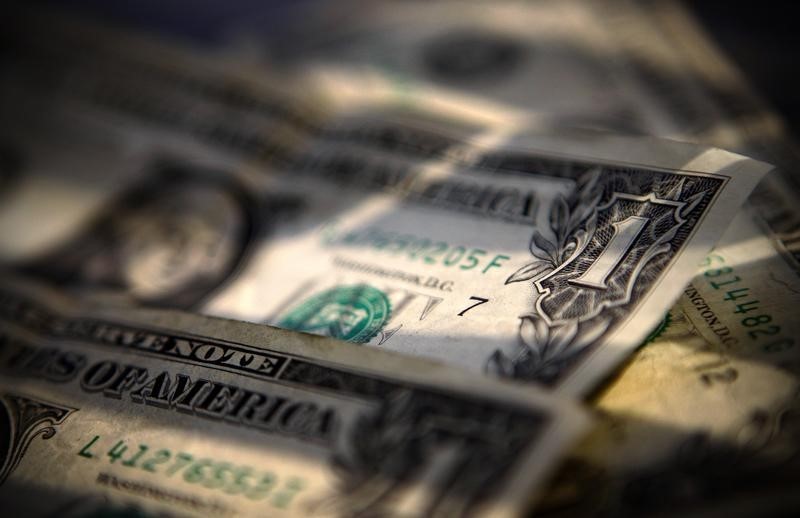By Gina Lee
Investing.com – The dollar was up on Thursday morning in Asia, even as fears about the new omicron COVID-19 variant subsided.
The U.S. Dollar Index that tracks the greenback against a basket of other currencies edged up 0.13% to 96.005 by 12:12 AM ET (5:12 AM GMT).
The USD/JPY pair inched down 0.04% to 113.61.
The AUD/USD pair and the NZD/USD inched up 0.01% to 0.7172 and 0.6809 respectively.
The USD/CNY pair inched up 0.01% to 6.3440, with Chinese data showing that the consumer price index (CPI) grew 2.3% year-on-year and 0.4% month-on-month in November. The producer price index grew 12.9% year on year.
The GBP/USD pair inched down 0.01% to 1.3207.
Omicron’s discovery roiled markets last and drove investors towards safe-haven assets. However, these fears are subsiding and increasing investors’ risk appetites.
Initial data showed that a three-short course of the BioNTech SE (F:22UAy) and Pfizer Inc. (NYSE:PFE) COVID-19 vaccine neutralized omicron.
"It's very 'virus-on' 'virus-off' in the FX market, and I think we are going to be stuck with this for a while. The headline risk associated with Omicron is very high, it's very confusing, and it's making the intraday moves fairly volatile," HSBC global head of FX research Paul Mackel told Reuters.
A case in point was the pound, which fell to a year low on Wednesday. Prime Minister Boris Johnson introduced tougher COVID-19 restrictions in England, including working from home, wearing masks in public places, and using vaccine passes.
Meanwhile, the U.S. Federal Reserve will hand down its policy decision next week, where it is expected to quicken its asset tapering program. The European Central Bank and the Bank of England will also hand down their policy decisions.
The Bank of Canada kept its overnight interest rate unchanged at 0.25% and maintained its guidance that a first-rate hike could come as soon as April 2022.
In cryptocurrencies, top executives from six major cryptocurrency companies, including Coinbase (NASDAQ:COIN) and Circle, called for Congress to provide clearer rules for the booming $3 trillion industry.
